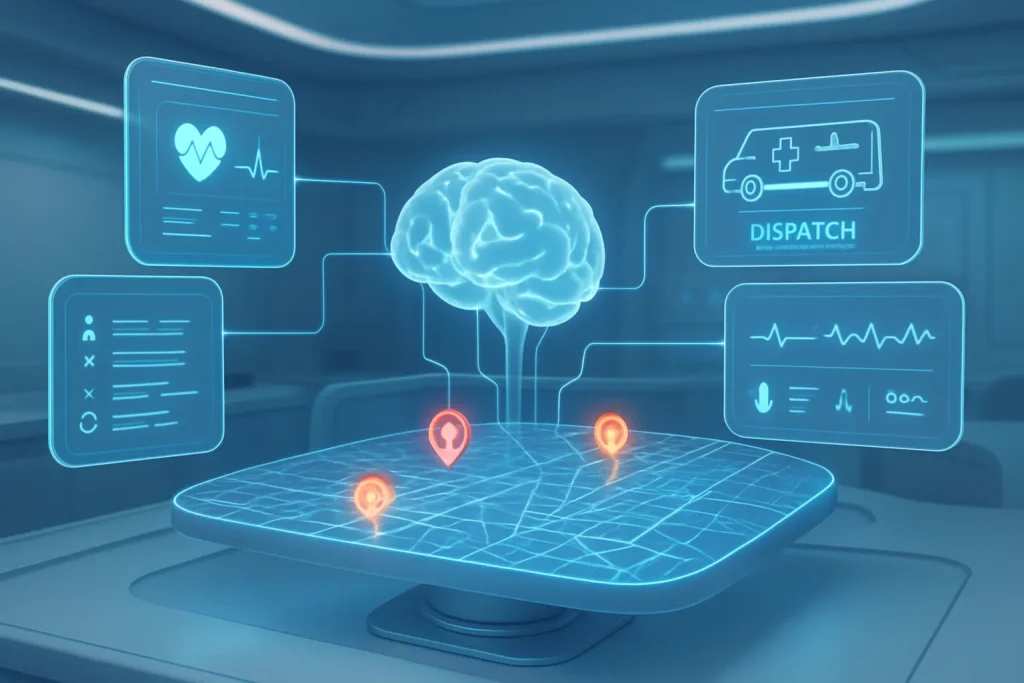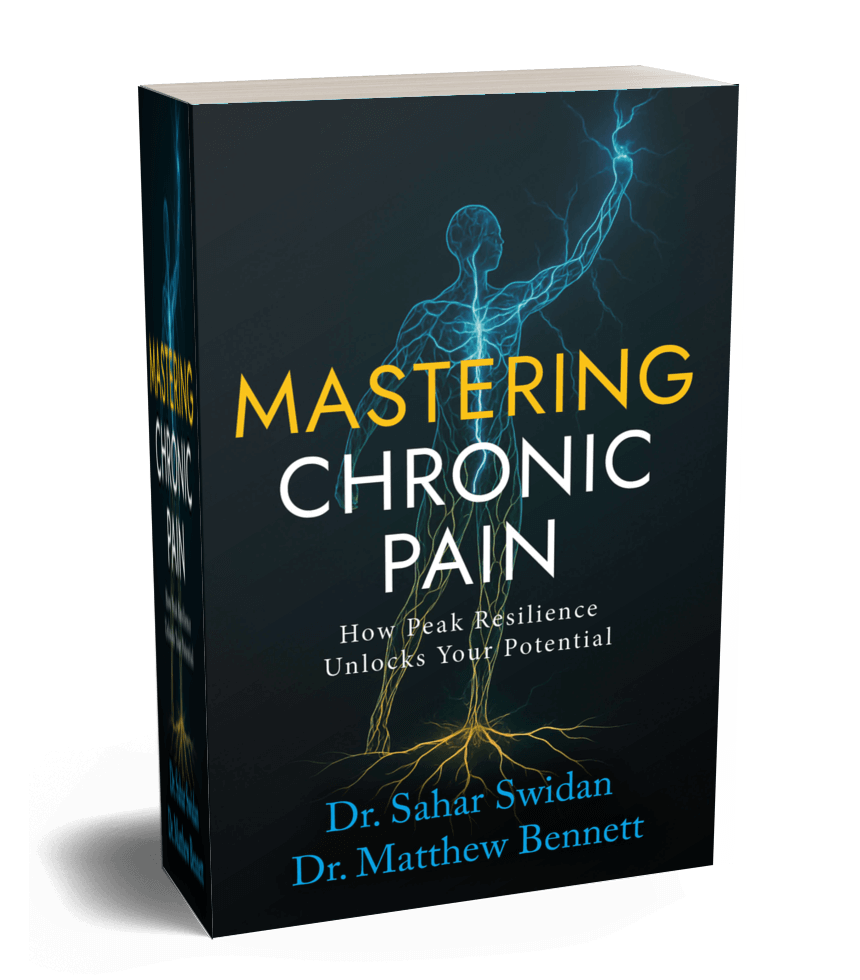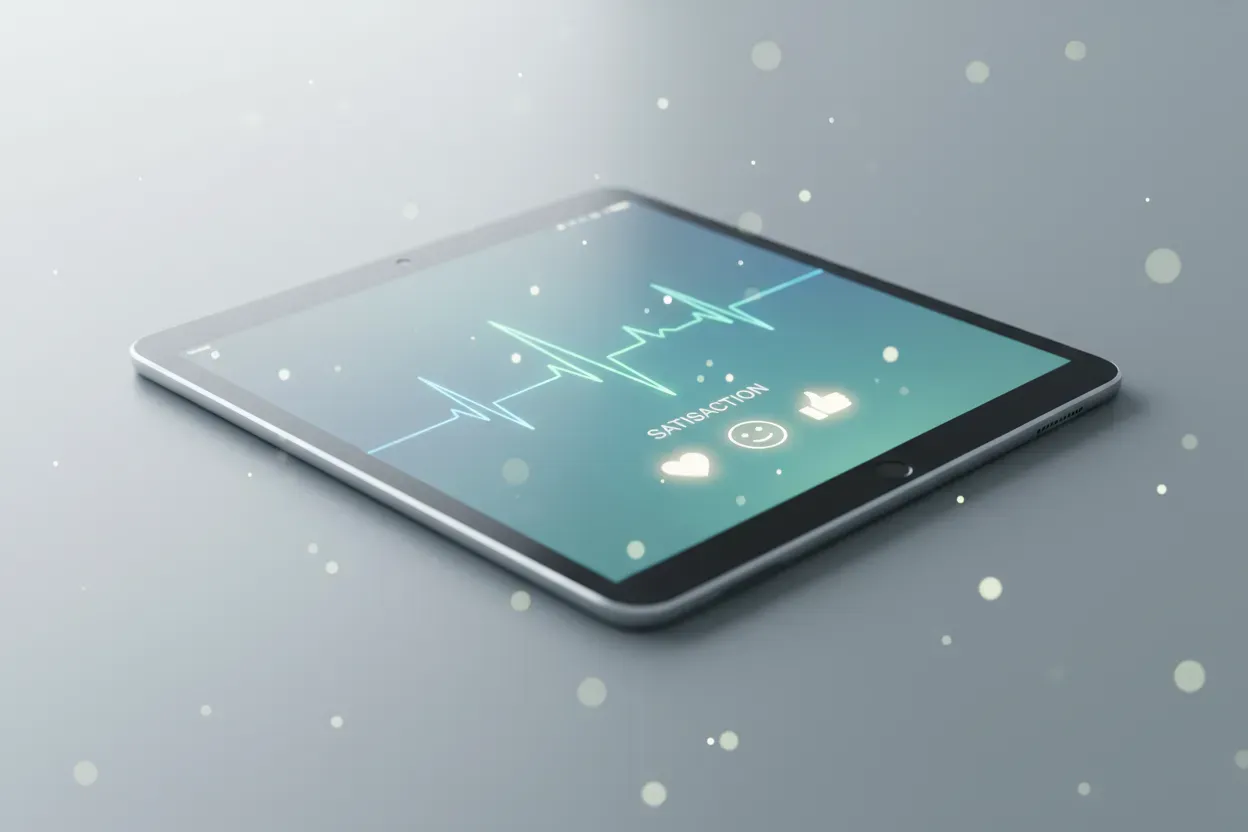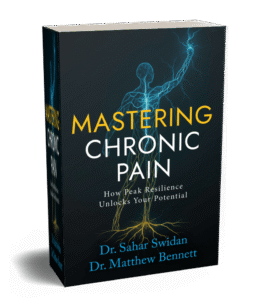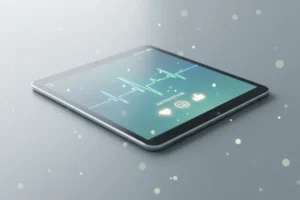Artificial Intelligence is revolutionizing emergency response in healthcare, offering innovative solutions to longstanding challenges. From reducing ER wait times to providing instant mental health support, AI applications are transforming various aspects of urgent care. Drawing on insights from field experts, this article explores six key ways AI is enhancing efficiency and improving patient outcomes in critical healthcare scenarios.
- AI Triage Assistant Reduces ER Wait Times
- AI Flags Urgent Cases in Patient Messages
- Intelligent Intake Speeds Up Specialist Referrals
- AItherapy Provides Instant Mental Health Support
- AI Accelerates Eye Emergency Diagnosis
AI Triage Assistant Reduces ER Wait Times
We once worked with a regional hospital system where the ER struggled with inconsistent triage decisions, especially during peak hours. Some patients were waiting too long for critical care, while others with non-urgent issues were prioritized simply because they arrived first or presented more dramatically. We brought in an AI-driven triage assistant not to replace clinicians, but to help them spot severity indicators faster and more accurately.
There was one moment I’ll never forget: a middle-aged woman arrived complaining of nausea and fatigue. No red flags, just vague symptoms. But the AI flagged her as high-risk within seconds based on her vitals and EHR data. She was rushed for tests, and it turned out she was having a silent heart attack. That alert very likely saved her life.
After deployment, we saw a 28% reduction in average time-to-treatment for high-acuity cases and a 12% improvement in ER discharge accuracy. Not only did this improve outcomes, but it also boosted clinician trust in technology, something we didn’t expect so quickly.
If you’re in any industry dealing with high-volume, high-stakes decision-making, here’s the takeaway: Don’t aim for full automation right away. Instead, find where AI can act as a fast filter surfacing priorities for human decision-makers. You’ll get buy-in faster and see meaningful results without overwhelming your team.
AI doesn’t need to be flashy to be life-saving. Sometimes it just needs to be fast, quiet, and right.
 Riken Shah
Riken Shah
Founder & CEO, OSP Labs
AI Flags Urgent Cases in Patient Messages
We use an AI triage layer on our patient portal that scans same-day referrals and messages for “red flag” language. Terms like new bowel or bladder loss, saddle anesthesia, fever with back pain, or rapidly progressive weakness are flagged, and these cases are routed to the on-call clinician immediately. Since deploying this system, our median time from patient message to clinician review for potential emergencies has dropped from about two hours to under twenty minutes. We have fast-tracked several patients to the ER for urgent imaging and surgical consults on the same day.
The net effect is faster recognition of rare but high-stakes conditions (for example, cauda equina syndrome or epidural abscess). This has resulted in fewer delays in definitive care and better neurologic outcomes than we were seeing with manual inbox screening alone.
 Alan Silberberg
Alan Silberberg
President, MD, Greater Austin Pain Center
Intelligent Intake Speeds Up Specialist Referrals
One of the most revolutionary ways we have incorporated AI into our healthcare organization is through intelligent triage during patient intake. We trained it to analyze past patient histories, clinician notes, and insurance workflows so that it could identify red flags earlier on; things like subtle symptom patterns that might indicate sepsis, or ones suggesting increasingly severe autoimmune phases.
In one recent example, a person with mild fatigue and rash was flagged for an autoimmune panel before they even walked into the clinic. That earlier detection resulted in a confirmed diagnosis of lupus and an immediate referral to a rheumatologist, within 72 hours, as opposed to the typical three-month wait.
The impact has been tangible. Our mean time from the onset of symptoms to specialist intervention has been reduced by nearly 40%, and hospitalization for triage-missed conditions has also decreased significantly. If I could offer one suggestion, I would say don’t lead with flashy AI tools. Start with your data. What are the patterns lurking among your EHR notes, call logs, or appointment history? When you train AI on that, it doesn’t just automate; it augments clinical judgment in a way that actually saves lives.
 Jeremy Gurewitz
Jeremy Gurewitz
Co-Founder & CEO, Solace Health
AItherapy Provides Instant Mental Health Support
One way AI has helped in our mental health setting is by simply being there right when people need it most.
With AItherapy, someone going through a panic attack or emotional breakdown can start talking to an AI trained in CBT within seconds. No appointments, no waiting room, no judgment. Just open the app and start typing.
We’ve heard from users who said that having AItherapy in their pocket helped them calm down at 2 AM, talk themselves through a spiral, or make it through the day when they couldn’t reach anyone else.
That kind of immediate support doesn’t replace a human therapist, but it bridges the gap. It catches people in the moment, before things get worse. And honestly, sometimes that’s the most powerful thing you can do: show up when it matters.
 Ali Yilmaz
Ali Yilmaz
Co-Founder&CEO, Aitherapy
AI Accelerates Eye Emergency Diagnosis
In recent years, I’ve seen AI make a real difference in how quickly we can triage and respond to eye emergencies. One example that stands out is how AI-powered diagnostic tools help us analyze retinal scans or OCT images much faster. What used to take hours of manual review can now be flagged in minutes, helping us prioritize serious cases like retinal detachment or advanced glaucoma more efficiently. This kind of speed is especially important in eye care, where delays can mean permanent vision loss.
What’s most encouraging is the impact this has had on patient outcomes. When we can act quickly, patients get treated sooner and in many cases, their vision is saved. It’s not about replacing human judgment, but about giving us a faster, more accurate starting point. In a busy clinical setting, that extra edge from AI helps us give patients the timely care they need without missing the subtle signs that matter.
 Dr Lav Kochgaway
Dr Lav Kochgaway
Founder, Dr. Lav Kochgaway – Pediatric Ophthalmology Specialist

